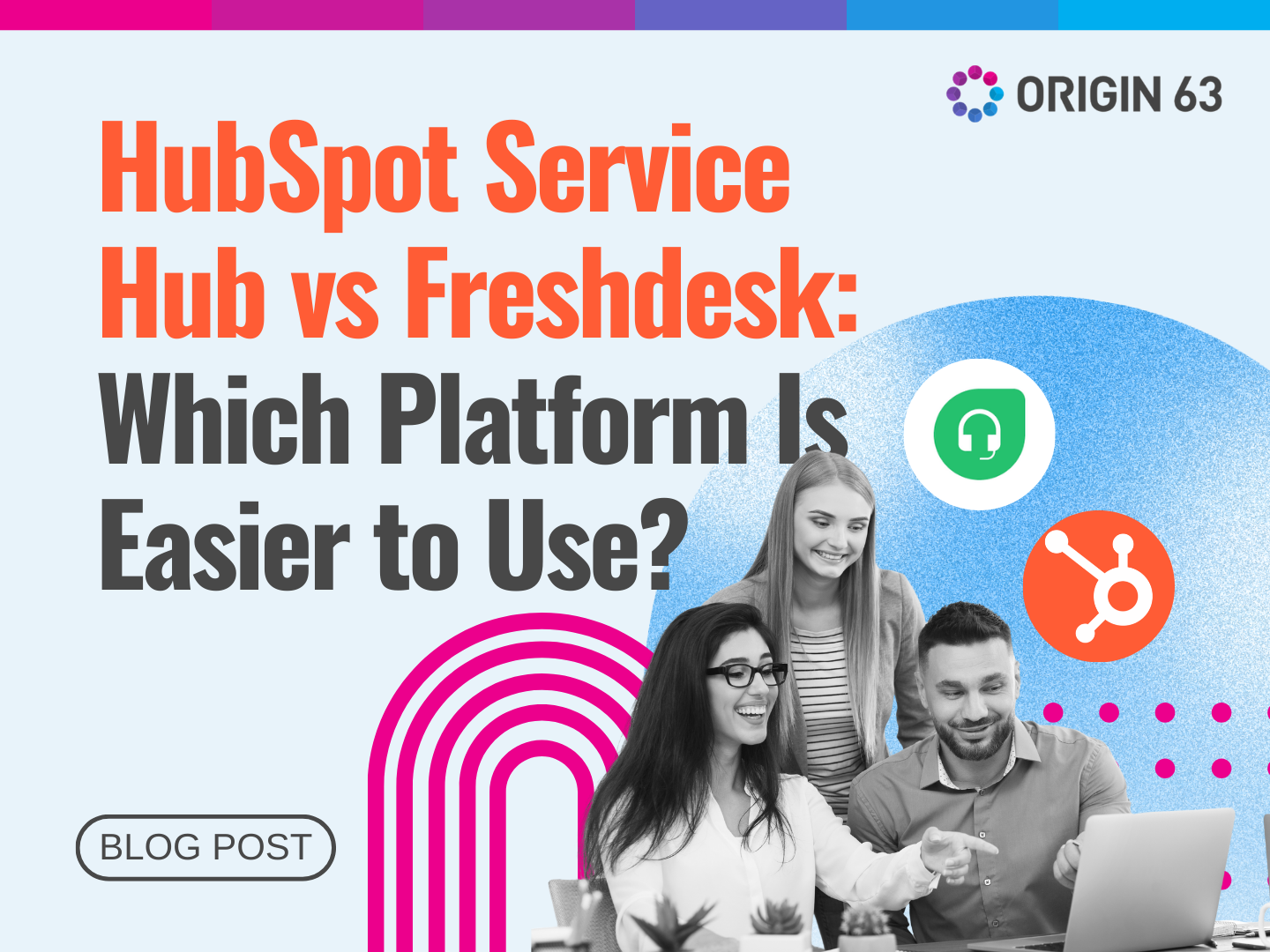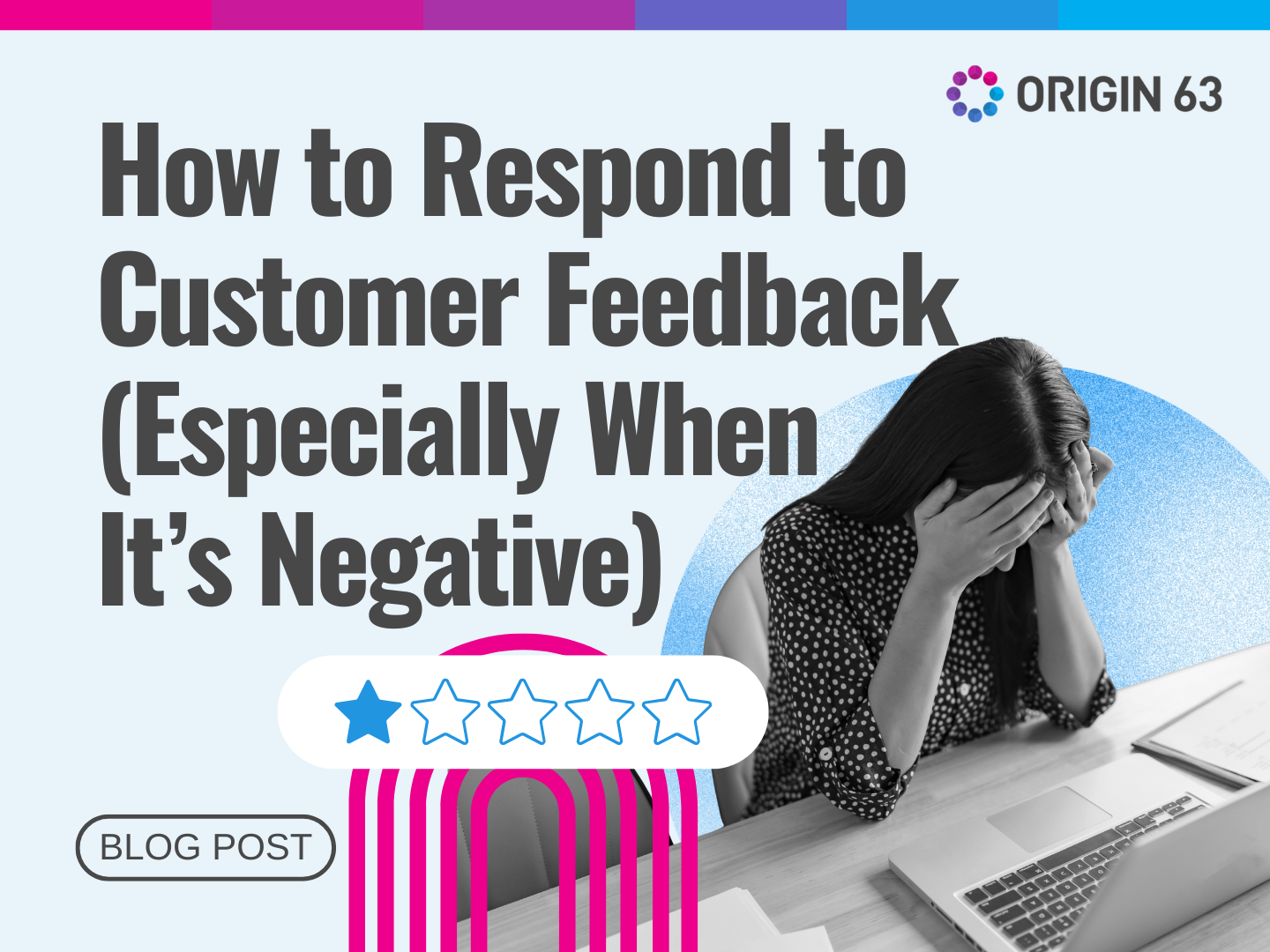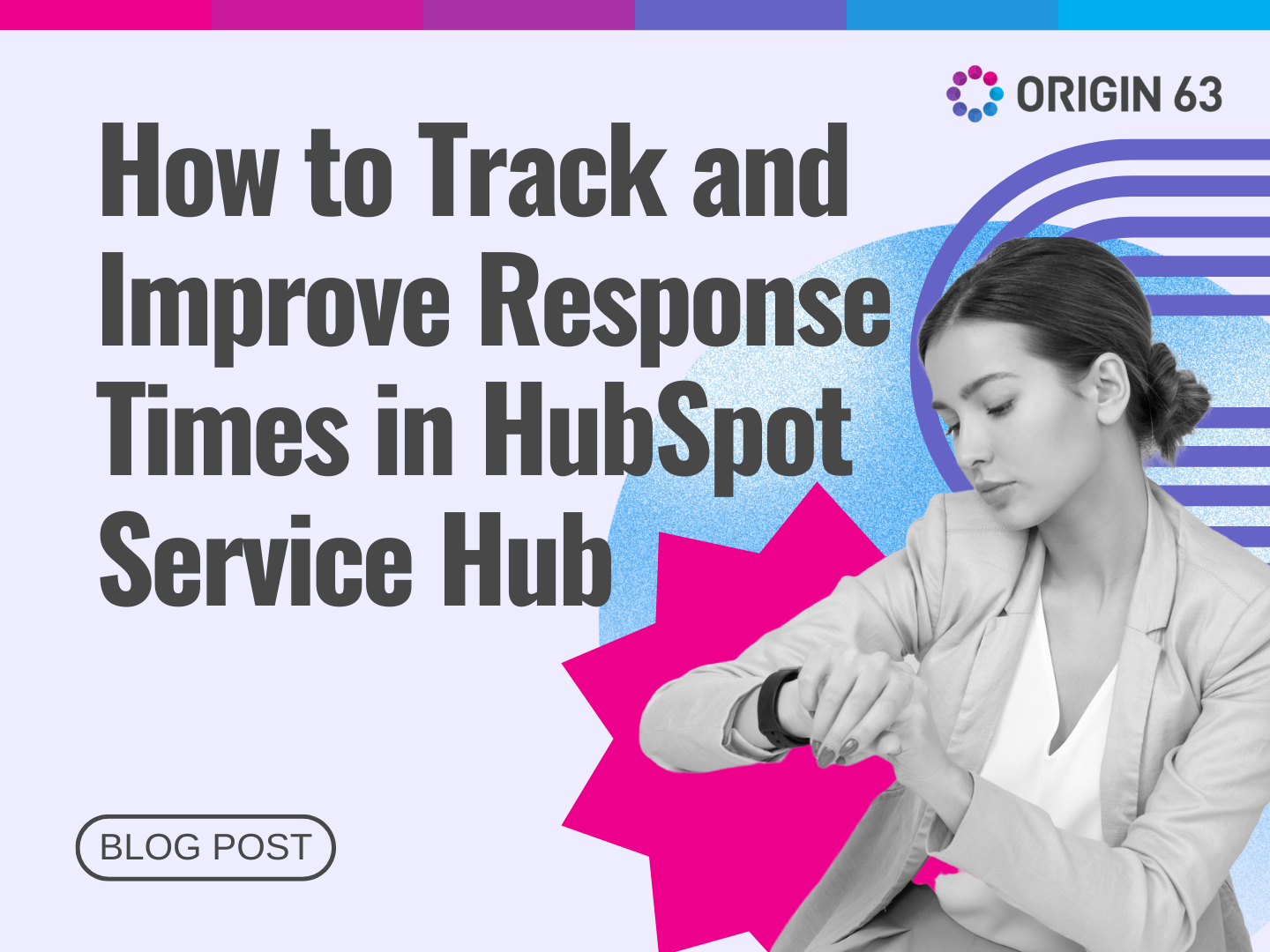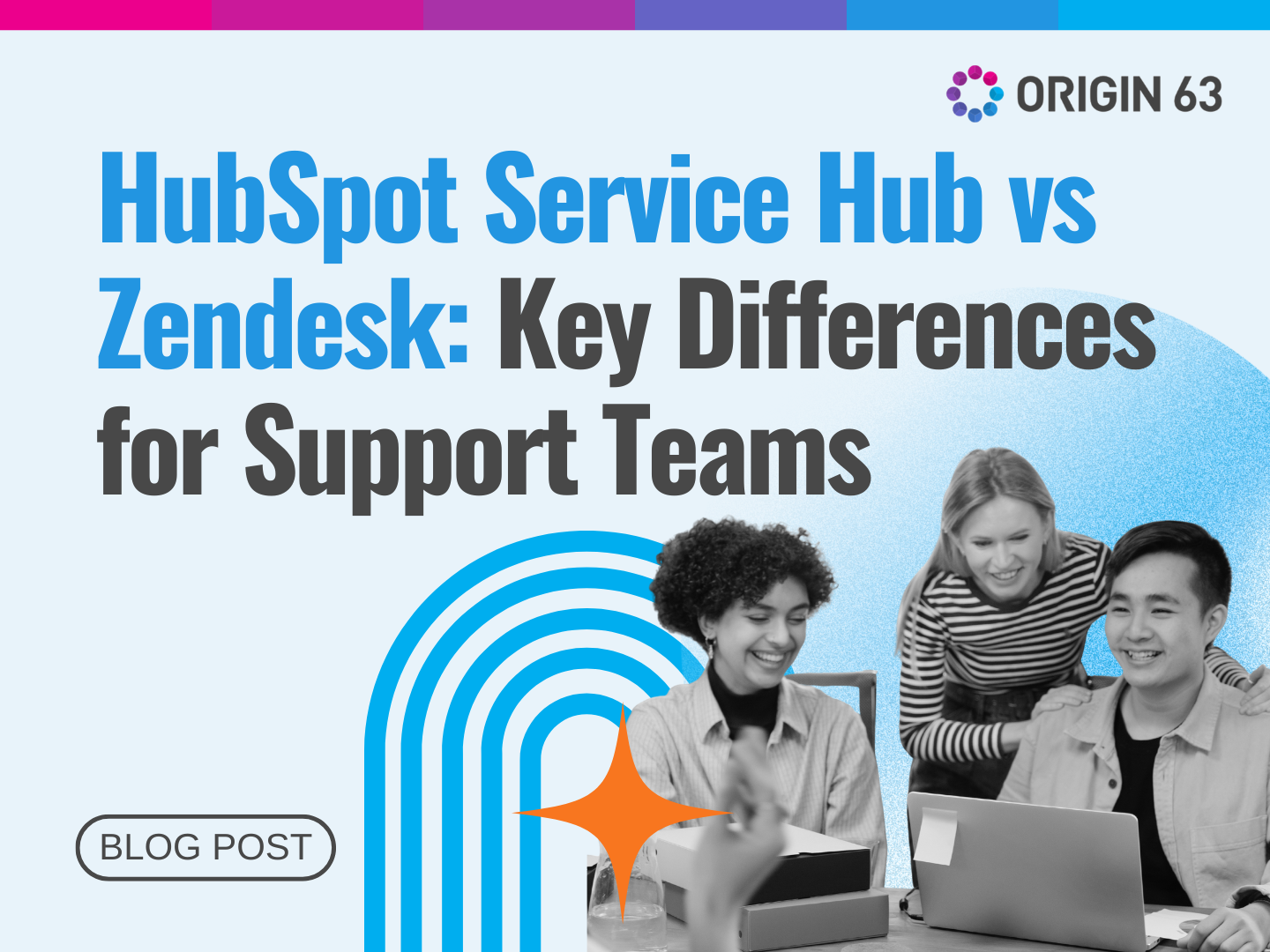The best way to avoid churn is to spot potential issues before they become real problems. That's where health scores and trends come in handy, especially when using HubSpot's Customer Success Workspace.
Health scores and trends help you understand whether a customer is thriving or at risk of churning by analyzing factors like product usage, engagement with your team, and overall satisfaction.
This blog will explain health scores and trends, how they work, and why they're so important for your business. You'll find practical tips to help you use these tools effectively and keep your customers around for the long haul.
What are Health Scores?

Health scores are a numerical representation of your customer's overall relationship with your business. Typically ranging from 0 to 100, these scores help you gauge how well each customer performs.
A high health score means a satisfied customer actively engages with your product or service. Conversely, a low score might suggest that a customer is struggling or not seeing the value they expected.
Then, you can prioritize your efforts and focus on the customers who need your attention most. Health scores aren't just about identifying at-risk customers, though.
They can also help you spot opportunities with your most satisfied customers. These might be perfect candidates for upsells, referrals, or case studies.
How Health Scores are Calculated
In HubSpot's Customer Success Workspace, health scores are calculated based on various factors you can customize to fit your business needs.
Here are some common factors that might go into a health score:
- Product usage: How often is the customer using your product? Are they taking advantage of key features?
- Support interactions: Are they frequently reaching out with problems or sailing smoothly?
- NPS (Net Promoter Score): How likely will they recommend your product to others?
- Contract value: What's the size of their account with you?
- Recent activity: When did they last login or engage with your product?
Each factor is assigned a certain weight in the calculation. For example, you might decide that product usage is more important than contract value in determining a customer's health.
HubSpot lets you adjust these weights to align with what indicates a healthy customer for your specific business.
The beauty of health scores is that they're dynamic. As a customer's behavior changes, their score will update accordingly. This real-time insight allows you to spot trends and take action quickly.
While the health score is valuable, how it changes over time is just as important. A declining score, even if it's still relatively high, could be an early warning sign that something's off.
Setting Up Health Scores in HubSpot

Ready to set up your health scores? Here's how to do it in two steps:
1. Identify Your Metrics
First, figure out what predicts customer success or churn for your business. Look at your data, talk to customers, and chat with your sales and support teams. Consider both numbers (like login frequency) and feedback (like survey responses).
For example, if you're a software company, you might look at how often customers log in and how many features do they use.
Prioritize these based on what matters most for your business. If customers who engage with your educational content tend to stick around, give that metric more weight.
2. Configure Health Score Parameters
Now, let's set it up in HubSpot. Think of it like a point system. Good actions (like frequent logins) add points. Not-so-good actions (like lots of support tickets) subtract points.
You decide how many points each action is worth. For instance:
- Daily login: +5 points
- Using a new feature: +10 points
- Support ticket opened: -2 points
- NPS score of 9 or 10: +15 points
Then, set thresholds for what's considered healthy, neutral, or at risk. Maybe:
- 80-100 points: Healthy
- 50-79 points: Neutral
- 0-49 points: At Risk
You can always tweak these as you learn what works best for your business.
Setting up health scores takes some thought, but it's worth it. You'll clearly understand your customer relationships and spot opportunities to help them succeed. It's like giving your customer success team superpowers!
Historical Data and Trend Analysis

While health scores give you a snapshot of your customer's current status, you should track these scores over time.
Looking at how health scores change, you can spot patterns, predict future behavior, and take proactive steps to keep your customers happy.
Historical data shows you the journey your customer has been on, while trend analysis helps you understand where they might be headed. Together, these tools are crucial for preventing churn and identifying growth opportunities.
Here’s how to use these features in HubSpot's Customer Success Workspace.
Accessing Historical Data
To access historical health score data in HubSpot, log into your account and navigate to the Customer Success Workspace.
Find the customer you're interested in, click on their profile, and locate the "Health Score" section. You'll see a graph showing the score over time. For more details, click "View full report" or a similar option.
The full report provides a comprehensive view of the health score history. Focus on the main graph showing health score trends, the breakdown of individual factors contributing to the score, significant customer journey events, and date ranges for easy period comparisons.
Don't worry if it seems like a lot of information at first. You'll quickly learn which parts are most relevant to your needs with practice.
Trend Analysis
Trend analysis involves examining the big picture and identifying patterns in your customer's health scores. Look for the overall direction of the score, sudden changes, seasonal patterns, and responses to major events like product updates or account reviews.
Understanding these trends is crucial. According to one study, increasing customer retention rates by just 5% can increase profits by 25% to 95%.
When analyzing trends, pay attention to both patterns and anomalies. Patterns can help predict future behavior and guide preemptive action. For instance, if scores consistently dip three months after onboarding, you might schedule check-ins for all new customers around that time.
Anomalies, or sudden changes in the score, often indicate significant events. These could be positive, like customers adopting a new feature, or negative, like an unresolved support ticket.
A survey found that 32% of customers would stop doing business with a brand they love after just one bad experience, highlighting the importance of quickly addressing negative anomalies.
Either way, anomalies are your cue to dig deeper and possibly reach out to the customer.
Regularly reviewing your historical data and analyzing trends will give you a sixth sense of your customers' health. This insight will help you make informed decisions, allocate your resources more effectively, and ultimately, keep your customers happier for longer.
Making Informed Decisions

Now that you understand health scores and how to analyze trends, it's time to implement this knowledge. After all, the real value of health scores lies in how you use them to improve your customer relationships and business outcomes.
Here’s how you can turn these insights into smart, proactive decisions that keep your customers happy and your business growing.
Using Health Scores to Drive Action
Health scores and trend data guide proactive customer success strategies. Think of them as your customer health compass. They'll point you where you need to go.
First, focus on customers with low or declining scores. They need you most. A 5% reduction in churn can boost profits by 25-95%. That's huge!
Customize your approach based on what's hurting the score. Low usage? It's time for refresher training. Too many support tickets? There might be a product issue to fix.
Use trends to predict when customers need extra love. If scores usually dip after three months, schedule check-ins before that happens.
High scores often mean happy customers. They might be ready for upsells. You're 60-70% likely to sell to existing customers, compared to only 5-20% for new prospects.
Here's a quick guide for different score trends:
- Declining: Schedule a check-in or offer training.
- Steadily high: Consider upsells or ask for testimonials.
- Fluctuating: Investigate why and adjust your strategy.
- Improving: Celebrate progress and ask what's working well.
Don't wait for scores to nosedive. Act early and often!
Benefits of Detailed Health Scores

Detailed health scores do more than just help day-to-day. They transform how you understand and interact with customers. Let's break it down:
Enhanced Customer Insights
Think of detailed health data as your customer journey map. It gives you a full picture of their experience, allowing you to spot issues early and see what leads to success.
With these insights, you can better target your help, use your resources wisely, improve your product, and predict and prevent issues.
Instead of guessing what customers need, you have data to focus your team's efforts where they're needed most.
Companies with strong customer engagement keep 89% of their customers. Those with weak engagement? Only 33%. Good data makes a big difference!
Improved Client Retention
Detailed health scores' impact on client retention is one of the most significant benefits of detailed health scores.
Monitoring health scores lets you identify and address problems before the customer realizes they're unhappy. Regular check-ins driven by health score data show customers you're actively invested in their success.
Using health score insights to tailor your approach makes customers feel understood and valued. Lastly, tracking health scores over time, you can show customers how your relationship and their results are improving.
Let's look at some examples of successful interventions driven by health score analysis:
Example 1: The Silent Struggler
A customer's health score was good overall, but the 'product usage' component was consistently low. After reaching out, the team learned the customer didn’t know about a feature that could save them work hours.
After a quick training session, their usage and overall satisfaction skyrocketed.
Example 2: The Seasonal Slump
Analysis showed that a particular customer's health score dipped every summer. Proactive outreach revealed this was their busiest season, leaving little time for using the product.
The team created a streamlined workflow specifically for busy periods, keeping the customer engaged year-round.
Example 3: The Growing Pain
A rapidly improving health score indicated a customer was using the product more and more. However, this triggered a slight dip in the support satisfaction score.
The team proactively upgraded the customer's support tier, ensuring they had the resources to match their growing usage.
Example 4: The Quiet Promoter
One customer consistently had a high health score but rarely interacted with the success team. Instead of assuming all was well, the team discovered the customer was thrilled with the product. This led to a case study opportunity and several referrals.
These examples show how paying attention to detailed health scores can prevent churn and uncover opportunities for growth and improvement.
Using health scores to drive proactive, data-informed decisions can help you retain clients and build stronger, more valuable relationships.
The Power of Proactive Customer Success
Health scores and trend analysis have many advantages. They help you detect issues early, personalize your customer management approach, and allocate resources more effectively.
With these tools, you can make data-driven decisions, gain deeper customer insights, and manage relationships proactively. Ultimately, you get increased retention as you address issues early and consistently demonstrate value to your customers.
Health scores are not just numbers – they're a window into your customers' experiences. Pay attention to these scores and the trends they reveal to manage accounts, foster relationships, and drive mutual success.
Take the Next Step with Origin 63
Ready to revolutionize your customer success strategy? Don't navigate this journey alone. Origin 63 is here to help you harness the full power of HubSpot's Customer Success Workspace.
Our team of experts can guide you through implementing HubSpot, setting up meaningful health scores, and creating strategies to prevent churn. We'll work with you to tailor the system to your business needs, ensuring you get the most out of your customer data.
Contact Origin 63 now to schedule your consultation and take the first step towards mastering health scores and preventing churn.













.png?width=90&height=90&name=Arrows%20Partner%20Badge-test%20(1).png)

